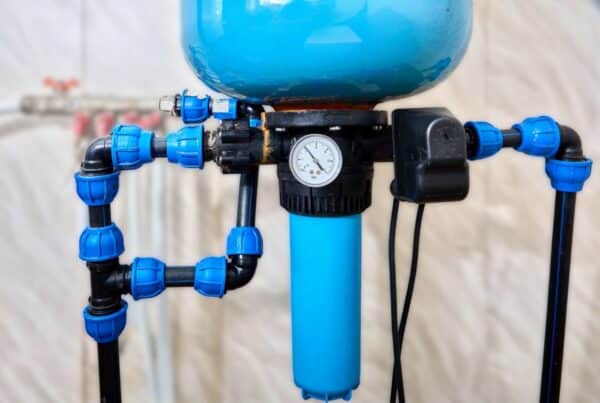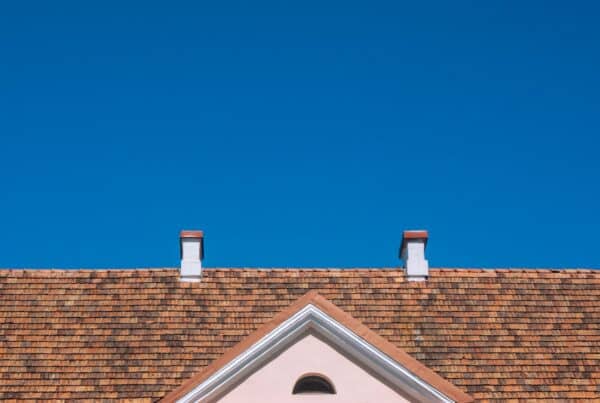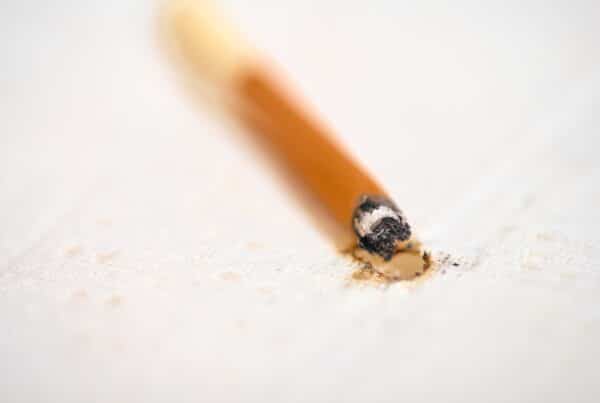
Gas leaks are sneaky dangers that can lead to big problems if not caught early. For this reason, it’s crucial to identify the telltale signs right away. Luckily, the basics of gas leak detection are pretty manageable for most homeowners.
In this article, you’ll find out what causes gas leaks, from worn-out pipes to broken equipment. We’ll look at the signs of a leak – what you might see, hear, or smell. You’ll also be able to safely check for leaks and learn when to call in experts for help. By the time we wrap up, you’ll feel ready to keep an eye out for gas leaks, and hopefully have a bit more peace of mind!
Understanding Gas Leaks
A gas leak occurs when gas is escaping from somewhere it is not intended to be released. Even small leaks that are not immediately dangerous can allow gas to accumulate and create hazardous situations. Consequently, it’s crucial to address all leaks promptly.
The most common gases found in homes are natural gas and propane. Natural gas is typically piped in from municipal utility lines. Propane is delivered and stored in tanks on residential properties. Both are odorless and colorless originally, so smell additives help detect leaks quickly.
Common Causes of Gas Leaks
Firstly, there are a few primary causes of household gas leaks to be aware of:
- Aging Infrastructure – Gas pipes deteriorate over time, leading to cracks and faults.
- Wear and Tear on Appliances – Connections on water heaters, stoves, and other appliances can loosen and fail.
- Incorrect Installation – Mistakes in initial installs or servicing can cause unsafe conditions.
- Disturbances to Piping – Nearby construction, landscape work, etc. can shift and damage buried gas lines.

Signs of a Gas Leak
Quick gas leak detection requires using all your senses. There are visual, audible, and olfactory clues that a dangerous gas leak may be present. To ensure early identification, being aware of these common signs is key!
Smell
The most famous indicator of a natural gas leak is its trademark “rotten egg” odor. This smell is added to natural gas to make leaks detectable. If you notice this smell inside or around your home, it likely means gas is escaping somewhere close by. If the odor is strong, act especially quickly.
Sound
Finally, some gas leaks may produce audible hissing or whistling noises. Listen closely to appliance connections and gas lines. This sound often gets louder as the leak worsens. But minor leaks may be harder to hear, so also rely on other signs.
Sight
Look for visual cues in and around your home:
- Damaged supply lines, risers, or appliance connectors
- Dead vegetation or mist near gas lines outside
- Bubbling along the path of buried gas lines
- Dirt or debris being blown into the air
- Flames if gas has ignited from the leak
Trust your senses, and don’t ignore faint rotten egg smells, slight sounds, or minor pipe damage. The faster you detect any amount of gas escape, the safer your home will be.
Gas Leak Detection Techniques
Once you suspect a leak, there are methods to help confirm and locate it. Here are some common gas leak detection techniques homeowners can use:
Soap Solution Test
One simple DIY test involves spraying soapy water on connections and lines. If bubbles emerge, it indicates escaping gas. This works well for checking appliance fittings and visible pipes. Ensure the leak area is well-ventilated before testing.
Gas Detector Devices
Specialized gas detectors can pinpoint leak locations. Simple detectors sound an alarm when they sense gas. More advanced models indicate gas concentrations numerically and can even be integrated with home automation systems.
Continuous Monitoring
For extra safety, continuous monitoring systems use panel sensors to sniff out leaks 24/7. They sound alarms at the first trace of gas, giving maximum warning. Professional installation is recommended for these systems.
Pressure Tests and Gas Meters
Lastly, trained professionals can perform pressure tests on pipes using specialized equipment. This helps find leaks buried underground or behind walls. Similarly, experts here will use combustible gas meters to measure concentrations of flammable gases. Higher concentrations help isolate the leak source.

Preventative Measures and Other Maintenance
The best way to avoid gas leak dangers is to stop them before they ever occur. This means taking a proactive approach to understanding, monitoring, and maintaining your home’s entire gas system.
Firstly, become familiar with the gas lines and connections throughout your property. Create a map tracing all the gas piping and make notes about the age and condition of various sections. Refer to appliance manuals to ensure you understand the intended gas flow to water heaters, stoves, and other equipment. Then, maintain a log of all inspections, tests, repairs, and replacements on your gas system for reference.
In addition to this documentation, establish a routine inspection protocol. Periodically check visible pipes, connectors, and appliances for leaks using the simple soapy water test. Also, sniff near fittings and equipment for the telltale rotten egg odor that would indicate escaping gas. Listen closely to gas appliances to catch any whistling or hissing sounds from failing connections.
Additionally, if you know your underground gas lines are older, have them assessed by qualified technicians – repairs or full pipe replacements may be necessary. Finally, ensure all members of your household know how to detect common signs of a leak and what to do in response.
When to Call a Professional for Gas Leak Detection
If you ever detect a known or suspected leak through smell, sight, or sound, evacuate the area immediately and contact your gas company or the fire department. Don’t try to locate the leak yourself or shut off valves. Professionals have advanced equipment to isolate leak locations and stop the flow of gas safely.
Though tempting, avoid using phones, turning on/off lights, lighting matches, or doing anything that could produce sparks until the leak is resolved. For total peace of mind, hire a certified technician to complete a whole-home gas leak inspection annually. They will check every inch of your gas pipelines, perform pressure tests, use gas detectors, and inspect all appliances thoroughly. Technicians can spot hard-to-find leaks and perform necessary repairs. Annual inspections are especially important for older homes with systems susceptible to wear and tear.
You’ll also want to call in a pro any time an appliance or system component needs installation or replacement. Improper installs are a major leak cause. Likewise, only qualified professionals should handle major repairs to pipes, regulators, and equipment. Don’t take chances doing this work yourself without proper training and licensure.
Conclusion
As a homeowner, the threat of gas leaks can feel overwhelming. However, you now have the knowledge needed to detect and address leaks promptly. Stay alert to the telltale signs – trust your senses if you smell, hear, or see clues of a leak.
Take a proactive approach to system maintenance through inspections and foster open communication with gas professionals so they can help right away when you need it. While you can’t guarantee your home will never have a gas leak, you can rest assured knowing you can respond appropriately. To get expert guidance on a wide array of issues or schedule an inspection of your home’s main systems, reach out to the experts at Boggs Inspection Services!



